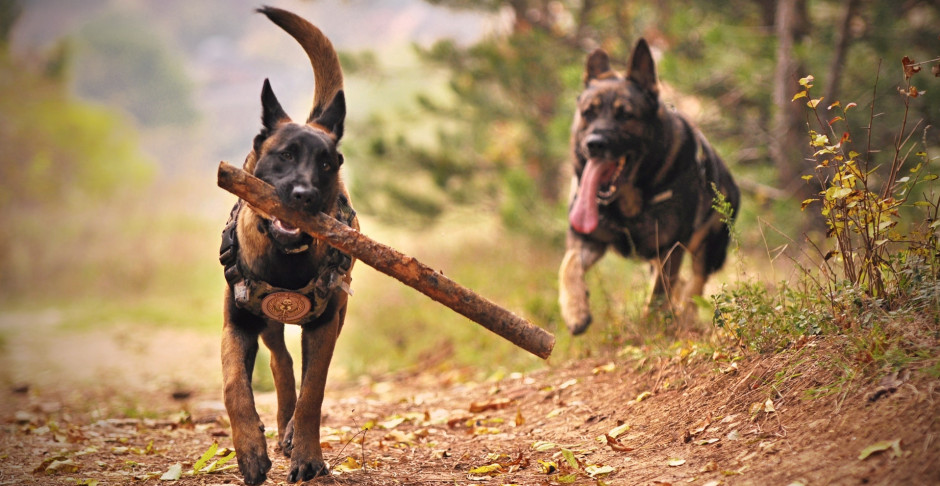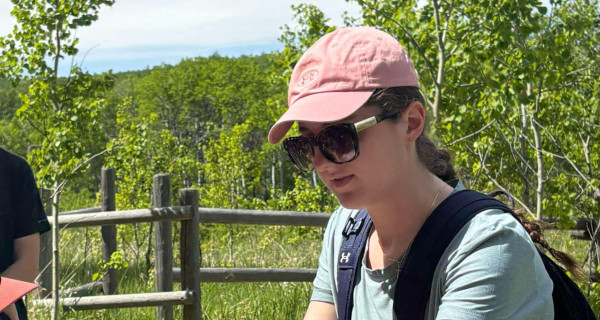
Why are dogs not allowed at the Ann & Sandy Cross Conservation Area?
We love our furry companions, but there are quite a few reasons why dogs should stay behind when you visit places like the ASCCA. Even dogs that are well-controlled and on a leash can have a negative impact on wildlife, even if their owners are sure to pick up after them.
Dogs may give chase to wildlife, potentially killing or injuring them. Although a dog may have simply chased or spooked an animal, causing it to flee, this could be detrimental to the animal’s health. Wildlife may be injured, weak, or suffering from disease, and the stress of a dog in their habitat could worsen their condition. For example, a deer might be pregnant, and expending energy to run from a barking dog could endanger her health and the health of her offspring. Animals can sense when dogs are present, and seeing them as potential predators, they will avoid areas frequented by dogs. A 2007 study revealed that dogs walking in natural areas can reduce bird numbers by 41% and the diversity of birds spotted by 35%.
Dogs can be prone to trampling, scratching and digging, which can remove native vegetation and disrupt burrowing animals. Dogs can also introduce parasites and diseases such as CDV (Canine Distemper Virus), which can spread to other species. They can contaminate soil and water with the waste they leave behind. Their excretions will also add nitrogen to the soil and may encourage non-native plants to grow. Although many dog owners will pick up after their pets, this issue should not be overlooked.
If you are concerned about the impact that dogs can have on wildlife and natural areas, please share this blog. The ASCCA is not ’anti-dog’ and we respect that not all dog owners will agree with our policy. If you are seen walking a dog in the area, you will receive a friendly reminder that we do not allow dogs and will be asked to leave.
Thank you for respecting our guidelines. Together we can ensure that the Ann & Sandy Cross Conservation Area remains a safe home for all of the species that live here.




